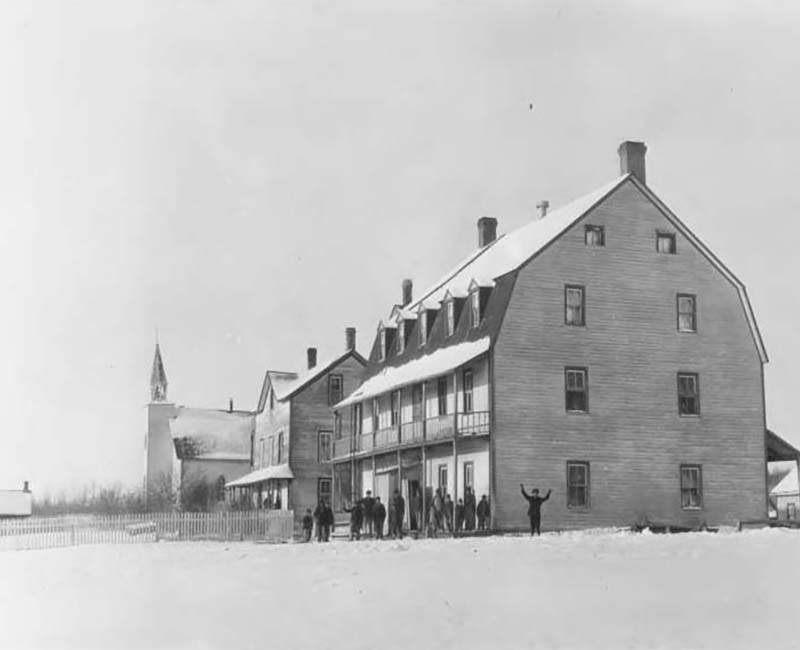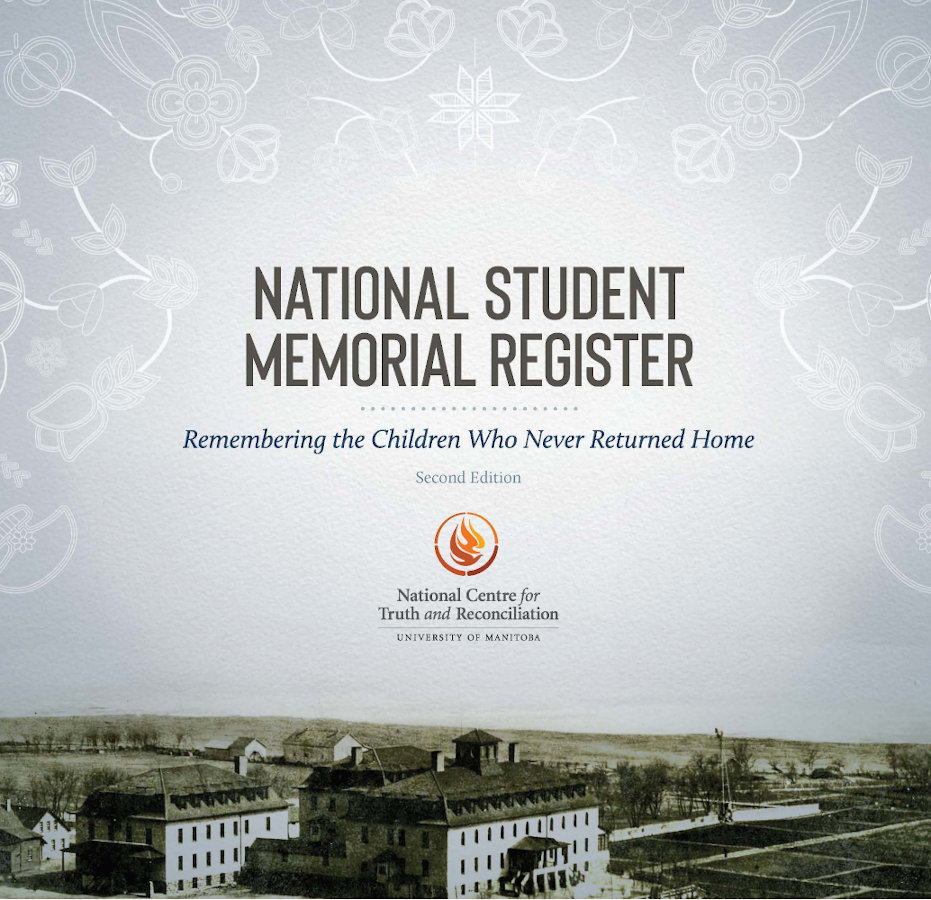Overview
The Missing Children and Unmarked Burials Initiative aims to identify and commemorate the children who died or went missing from residential schools. It is a part of the National Centre for Truth and Reconciliation’s (NCTR) efforts to fulfil the Truth and Reconciliation Commission of Canada’s (TRC) Calls to Action 72 and 73:
- CTA 72.
- We call upon the federal government to allocate sufficient resources to the National Centre for Truth and Reconciliation to allow it to develop and maintain the National Residential School Student Death Register established by the Truth and Reconciliation Commission of Canada.
- CTA 73.
- We call upon the federal government to work with churches, Aboriginal communities, and former residential school students to establish and maintain an online registry of residential school cemeteries, including plot maps showing the location of deceased residential school children.
History
In 2019, the National Centre for Truth and Reconciliation (NCTR) established the National Student Memorial Register to forever remember and honour the children who never returned home from residential schools.
Since the conclusion of the TRC, the NCTR has continued its research. Our staff have reviewed approximately 2.2 million records that were not previously examined by the TRC. Many new records were identified that shed further light on student deaths and burial locations.
The NCTR continues to address the TRC’s Calls to Action and to share a list of names or “sacred knowledge bundles” with communities.
The NCTR Community Engagement team has been working with communities to confirm and commemorate the children who died or went missing. It is important that this work is done using a community-led, trauma-informed approach, and in a respectful way that reflects the wishes of each community.


National Student Memorial Register and Burial Site Repository
The National Student Memorial Register is the result of the work of countless people, and of the advice, guidance, and blessings from Survivors, Elders and Knowledge Keepers. To learn more about the National Student Memorial Register, please visit our FAQ.
The Missing Children and Unmarked Burials team has also been tasked with creating a Burial Site Repository. The Burial Site Repository, will be hosted on the NCTR’s website and will serve as a resource for communities, researchers, and individuals to learn more about and contribute to ongoing investigations into missing children and their unmarked burial sites. The Burial Site Repository will consist of an interactive basemap with searchable data layers, allowing for mapping and display of burial sites with the permission of communities.
For future updates on both the Burial Site Repository and the National Student Memorial Register, sign up for our quarterly newsletter and keep an eye on our Facebook and Instagram channels.
To learn more about how you can be a part of this vital process of confirmation and commemoration, please contact: nctrcommunityengagement@umanitoba.ca.
To provide feedback on this important work, please fill out our National Student Memorial Register Questionnaire and Student Burial Register and Map Questionnaire.
Memorial Book
The National Student Memorial Register book continues our collective journey of honouring and remembering the children lost to the residential school system. This 2nd edition print version of the book includes new names and corrected spellings provided by communities and families up to February 28, 2021, and is free for family members of the children.
You may contact us to request a print copy. While there are no current plans to re-print, an up-to-date list is always available on the National Student Memorial Register.

NCTR’s spirit name – bezhig miigwan, meaning “one feather”.
Bezhig miigwan calls upon us to see each Survivor coming to the NCTR as a single eagle feather and to show those Survivors the same respect and attention an eagle feather deserves. It also teaches we are all in this together — we are all one, connected, and it is vital to work together to achieve reconciliation.
